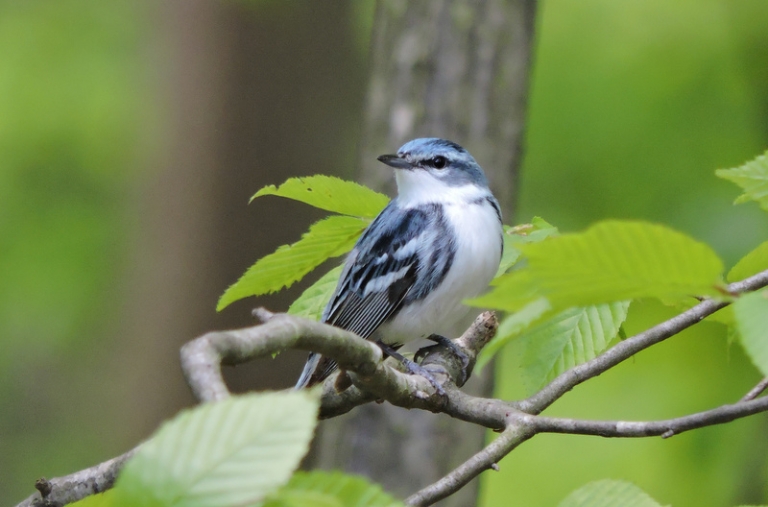
CHARLESTON, W.Va. — The W.Va. Division of Natural Resources, in partnership with the U.S. Department of Agriculture's Natural Resources Conservation Service, is seeking private landowners who want to improve wildlife habitat on their land.
The partnership seeks to address shrinking populations of priority wildlife species by implementing conservation practices that improve natural resources on private land.
Paul Johansen, chief of the division's Wildlife Resources Section, says the partnership seeks to address shrinking populations of priority wildlife species by implementing conservation practices that improve natural resources on private land.
“More than 80 percent of land in West Virginia is privately owned, and many wildlife species occur primarily on private land. Therefore, public-private partnerships are critical for the long-term persistence of these populations,” Johansen said.
“Private landowners benefit from the technical and financial assistance they receive to improve their land, which ultimately benefits many of the state’s priority wildlife species. It’s a ‘win-win’ for everyone.”
Target species include cerulean warbler, golden-winged warbler, and multiple insect pollinators identified as priority species in the West Virginia State Wildlife Action Plan.
These species use a variety of habitats, including meadows, shrubby thickets and groves of young saplings, and mature forests, which are also preferred by species such as ruffed grouse, whip-poor-will, white-tailed deer, and wild turkey.
Professional biologists, foresters, and conservation planners are available to develop individualized conservation plans based on each landowner’s objectives and the identified needs of the land.
Every conservation plan is unique, but it may include removing problematic plants, establishing desirable plants, thinning trees from overstocked forests, adjusting the type and timing of current management practices, and creating natural structures such as brush piles where wildlife can nest, forage and take shelter.
Mature Forest
Improved mature forest habitat will benefit cerulean warblers, which prefer mature deciduous forests with an abundance of tall trees and small openings in the canopy filled with vigorous new plant growth.
Most forests in West Virginia have large, tall trees, but they often form a uniform and closed canopy. Thinning undesirable trees will increase growing space for trees that wildlife prefers and encourage the development of multiple canopy layers to support a greater abundance and diversity of wildlife. Landowners interested in managing mature forest habitats may also notice more hooded warblers and wild turkeys.
For more information about mature forests or help getting started, contact Emily Reasor, partner avian biologist, at 304-872-1731 ext. 6124 or emily.reasor@usda.gov, or Jane Capozzelli, partner avian biologist at 304-363-8861 ext. 6912 or jane.capozzelli@usda.gov.
Young Forest
Improving young forest habitat will benefit golden-winged warblers, which prefer shrubby thickets and young forests near large patches of mature deciduous forest at higher elevations. The right combination of these characteristics is rare in West Virginia, though it can be found near mature forests and old fields.
Creating young forest habitats requires rotational mowing or brush-hogging, overstory removal, planting native trees and shrubs, or controlling invasive plants. Landowners interested in managing young forest habitat may also notice more American woodcock, ruffed grouse, eastern cottontail, and whip-poor-will.
For more information about young forests or help getting started, contact Katie Fernald, partner avian biologist, at 304-799-3006 or katrina.fernald@usda.gov.
Pollinators
Improving the habitat for monarch butterflies and other pollinators is vital for the environment and agricultural systems across the state. Pollinators and their habitats are diverse, so a variety of existing management practices can be tailored for their benefit.
For landowners interested in pollinators, a conservation plan may include removing problematic plants, enhancing nectar resources for bees and butterflies by planting species such as common milkweed, and providing nesting structures for bees.
For more information about pollinators and for help getting started, contact Gabby Lawinger, partner pollinator specialist, at 304-566-3728 or gabrielle.r.lawinger@wv.gov.
Sign up to receive of FREE copy of West Virginia Explorer Magazine in your email weekly. Sign me up!




























